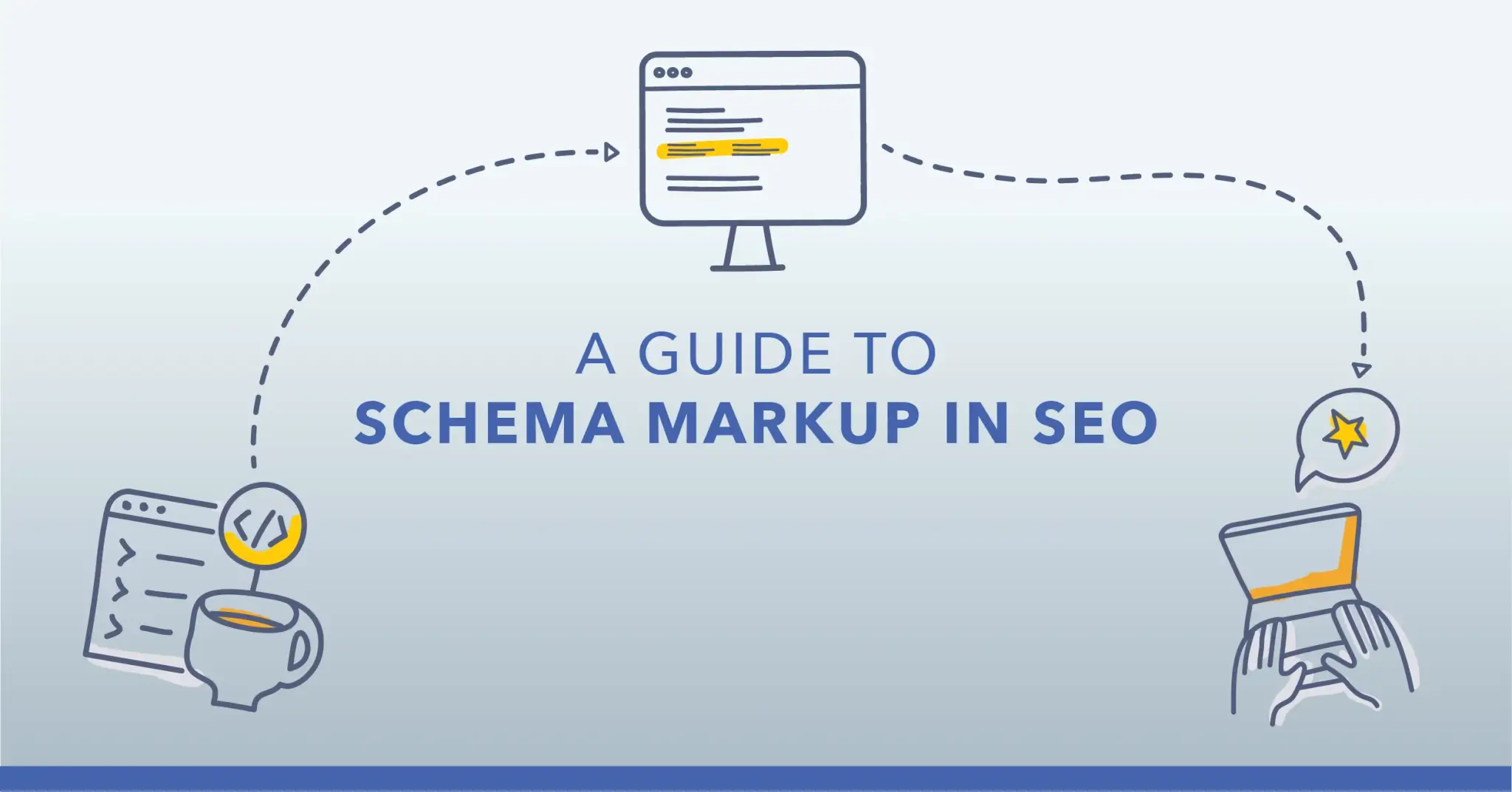Blogs are a central element of digital marketing – you’ll rarely find a website, whether it’s an information hub or e-commerce site, without one. However, just having a blog isn’t really enough as it’ll just get lost on your site and won’t add much value. Diving into a chunk of content without having a well-planned content strategy can almost seem pointless. There’s lots to think about when designing a blog strategy – from topics to content format – so here’s our guide on how to create an effective blog content strategy.
What is the purpose of a blog strategy?
Blogs can have a number of objectives including driving traffic to a site, improving conversions, providing internal updates or staying relevant within an industry. They can also take different forms such as blog posts, news articles or even case studies. It’s important to set a main aim for your blogs so they can feed into your strategy and also in how you monitor performance by looking at metrics such as CTR or impressions.
So blogs are important, but why do you need a blog content strategy?
Blog strategies connect your blog posts with your company goals and individual products/services. The blog strategy provides an outline of how your content will roll out over a period of time and includes three main components: audience, products and content. Content could also be looked at in terms of, what’s the problem and how a product can solve it.
How to create an effective blog content strategy?
Define your content pillars
Before starting your blog content strategy, you’ll need to define your content pillars. These are essentially topical buckets – or high-level topics – which can be built out with sub-topics. These content pillars are usually broad topics that your audience is interested in which have smaller topics that fall under a similar category. Content pillars are often used within a blog’s navigation bar and make the type of content covered in that section clear to the audiences. By starting with the content pillars, it should be much easier to bulk out your blog strategy as ideas begin to stem from the main topics.
Understand your buyer personas
Before you begin writing blogs, you need to have a thorough understanding of who exactly it is you want to target. Those looking to expand their knowledge of a certain topic are most likely to engage with blog posts. Getting familiar with what kind of content they enjoy reading, what they’re searching for and what their main challenges or pain points are that they may be seeking answers for.
You can get a better understanding of your target audience by conducting some research into their search behaviour and areas of interest. Google search console can be a good source for legacy sites as you can check what existing blogs have the highest levels of engagement and start getting to grips with what the audience enjoy reading. This will make it easier to transform your blog into a conversion tool for your business
Having a clearer understanding of who you want to target with your blog will help to define how you want to present your brand. This includes asking yourself, what’s the best tone of voice for the piece? For example, you may want to position yourself in a friendly and informational tone without being super formal to make readers feel welcome on the site. This decision will be made easier through thorough audience research.
Research the market and your competitors
A great way to contribute to your blog strategy is to check out what your competitors are doing that’s working. Pick 5-10 of your biggest competitors (these may be known – or you can check the SERPs for organic competitors you haven’t looked at before). Check which blog pages are performing best for them and see if you’re covering similar topics – if not, you can replicate it. Analysing the content of thought-leaders and authoritative sites within the industry opens up a whole host of blog content inspiration.
It’s also a good idea to conduct a content gap analysis to check which keywords your competitors are ranking for that you currently aren’t ranking for. This will allow you to build up your keyword ranks and close that gap between you and other competitors. Although remember, you don’t want to just copy another site, you want to do it better. Looking for new keywords that your competitors aren’t ranking for gives you the upper hand, with original content and more unique search queries.
Conduct keyword research
Keyword research will be the biggest part of building your blog content strategy and you can really get stuck into playing with words. Using your preferred keyword research tool (Ahrefs and SEMrush being popular choices), begin with your main content pillars and start breaking them down. These are usually known as your seed keywords which are quite broad words that grow into detailed ideas. For example, if your seed keyword is baking, you might end up breaking it down into: baking bread or baking cakes.
So how do you conduct keyword research? It’s best to try searching for different associated words, phrases and questions that your target audience may also be searching to find topics or pain points. You might also want to take a look at the people also asked section of Google serps for longer-tail keywords that people are really searching for. There’s lots of ways to approach keyword research, including using forums to find niche topical discussions or filtering your Google Search Console queries data by questions to find long-tail questions that could make ideal blog titles.
There’s a few things to keep in mind when conducting keyword research. You need to be as realistic as possible with the keywords that you’ll be able to rank for which you can reflect upon by looking at the keyword difficulty of each query and the authoritativeness of the sites ranking for them. If they’re particularly difficult, they may not have as high a payoff as you may wish.
Build a content calendar & plan your content
Once you’ve completed your keyword research and have a nice clear list of all the keywords you’d like to target, it’s time to put together your final content calendar plan.
In this content calendar, you will need to include:
- Content pillar
- Primary keywords
- Search volume
- Difficulty
- Suggested blog title (this should include at least one of the primary keywords for each sub-topic)
Having this content calendar will allow you to schedule posts in advance and give the assigned copywriters enough time to plan and produce content frequently.
In terms of planning your content, research must be completed by the copywriter on the topic to produce accurate and unique content. It’s beneficial for an SEO expert to put together a content framework, consisting of headings, word counts, internal link opportunities and clear CTAs. Having this will keep the content team on an SEO-friendly track to writing up the piece.
Now that you have your complete blog content strategy, you can begin writing. Decide who will be writing your pieces, whether it’s an in-house copywriting team or external content writing services. Remember, once the blogs are proofed and uploaded, keep monitoring their performance and ensure they’re targeting the right keywords. Performing optimisation work after a couple of months will also be beneficial.
Having an in-depth blog strategy puts your website in a solid position to produce regular content that is well planned, keyword driven and will help boost traffic to your website. It’ll also ensure you are considering things such as audience, goals and brand guidelines












































